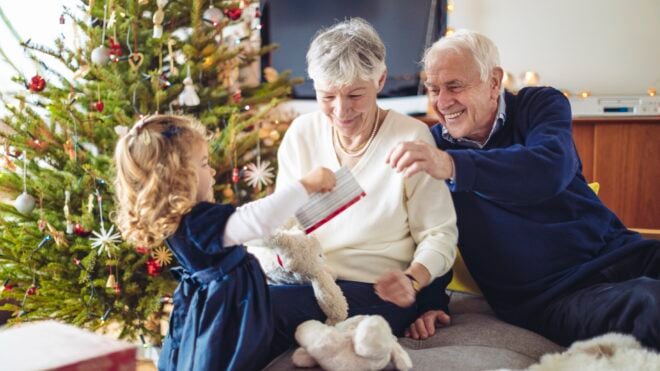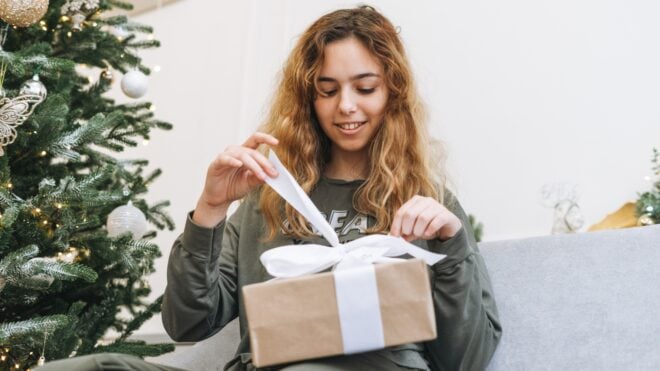
My kids like to say that they are extra lucky because they get their holiday presents earlier than most other kids. That’s right—we celebrate Hanukkah, the Jewish holiday that usually falls a few weeks before Christmas.
Well, “usually” is the operative word here. The thing about Hanukkah (which can be spelled Chanukah, Hanuka, Chanukkah or Hanukkah) is that the date that it falls on varies from year to year, based on the Jewish calendar. It usually falls sometime in late November or early December. One year it fell on Thanksgiving (Thanksgivukkah, anyone?). But it has fallen as late as Christmas, too.
Hanukkah dates back to the second century B.C., and celebrates the victory of a group of Jewish fighters called the Maccabees, who were rebelling against the oppressive king Antiochus. In the aftermath of the battle, the Jews had only enough oil to light their lamp for a single night, but according to tradition, it miraculously lasted for eight nights.
Jews light their menorahs (technically, what we call a menorah today is actually a “hanukkiah”) for eight consecutive nights to commemorate the battle, celebrate the miracle and preserve an ancient and beloved tradition.
Jews light menorahs for eight consecutive nights to commemorate the battle, celebrate the miracle and preserve an ancient and beloved tradition.
The lighting of the menorah is really what Hanukkah is known for, and is one of the traditions both children and grownups enjoy. Each night, you add another candle to the menorah and watch them burn down. My kids are always mesmerized by this, and as they’ve gotten older, we’ve let them help us light the candles. (Don’t worry, the whole thing is heavily monitored.)
Most families say a blessing as the menorah is lit, and traditional Hanukkah songs are sung. Menorahs are generally kept in windows or doorways so the outside world can be enveloped in the warm glow of the lights.
Of course, like most holidays, Hanukkah is all about the food. Traditional Hanukkah food includes anything greasy or fried (you know, to celebrate the miracle of the oil). Latkes (potato pancakes) are a favorite, and are often served with sour cream or applesauce. SO GOOD. Fried jelly donuts are another staple of the holiday.
Interestingly, Hanukkah isn’t among the holiest Jewish holidays out there. But because of its proximity to Christmas, it has evolved into one of the most celebrated and decked-out Jewish holidays. Most kids receive gifts during Hanukkah, often getting a small something on each of the holiday's eight days.
Oh, and don’t forget about gelt. Hanukkah gelt (from the Yiddish word meaning “money”) can come in the form of real coins or chocolate-wrapped coins. My kids love the chocolate ones, and beg for them every year.
With the real coins, you’ll often end up in a fun game of dreidel. Dreidels are small, four-sided spinning tops with Hebrew letters on each side. At the start of the game, everyone gets a small lot of gelt, and you either receive more gelt or lose it, depending on which letter the dreidel lands on. When someone wins every last coin of gelt, the game is over.
No holiday game would be complete without a song, right? There’s a little dreidel song that my kids adore. It goes like this:
“I have a little dreidel. I made it out of clay.
And when it’s dry and ready, oh dreidel I shall play.
Oh, dreidel, dreidel, dreidel, I made you out of clay.
And when you’re dry and ready, oh dreidel we shall play.”
What I love about Hanukkah is that it’s easy, has a lot of fun activities for the kids—and the fact that it lasts for so many days means that you get to keep that warm, cozy holiday spirit for quite a while.
Plus, any excuse to eat deep-fried-everything for a week is a win in my book.




